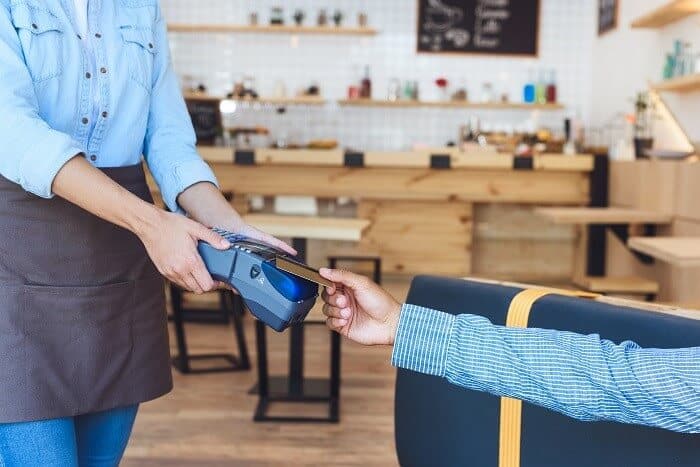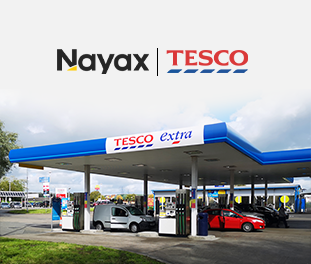Which country is headed for first place in the race for first cashless country in the world?
In the cashless world Nayax operates, we provide solutions that are contributing to the world becoming increasingly cashless and we foresee that cash will soon be phased out. We wonder, which country will be the first cashless country in the world? Let’s look at the countries which are already largely cashless, and how they’ve integrated cashless behavior into their daily lives.
Sweden goes cashless
Countries like Denmark and Norway top the adoption of cashless payments, but the clear Scandinavian leader in becoming the first cashless country is Sweden. Swedes have taken to cashless payment wholeheartedly. If you visit Sweden, be sure to take your credit card or mobile phone with you. Only 15% of payments involve cash transactions, and it’s rare that a person will be limited to paying with cash. A popular mobile payment app, Swish, used by half of the country’s 10 million population, enables payment transfers to people and businesses.
Sometimes it’s even difficult to use cash in Sweden. Drivers of Swedish buses no longer accept coins or banknotes. The ubiquitous use of debit and credit cards by Swedes has led many stores to no longer accept cash. Their motivation? Speedier service and creating a safer environment. Storeowners believe the removal of cash lowers the risk of robberies. It also saves them valuable time dealing with cash, which many banks have stopped accepting. Banks have also stopped dispensing cash and removed their ATMs.
China is mad about QR codes
Another contender for the first cashless country in the world is in China. Home to the world’s largest cashless market, and unlike Scandinavia the Chinese scene is dominated by scannable QR codes. The Chinese have largely skipped mass credit card adoption and have instead embraced QR codes. The main players are Alibaba’s Alipay, and WeChat, owned by Tencent, and has also been taken up by China UnionPay, who were the main providers of debit cards before the mass adoption of mobile payment.
Everywhere you go in China you will see QR codes: supermarkets, amusement parks, temple donations, and market vendors all ask for payment this way. Even traditional New Year’s gifts, which include a monetary gift, now contain digital payments instead of cash. The benefits for the smaller players count. For taxi drivers, it means avoiding robbery or receiving counterfeit notes. For street vendors it means they don’t have to carry or give change. And the QR code trend is spreading. In Japan and Finland, where lots of Chinese travel, have started accepting QR codes.
UK is all about Contactless
In the UK, credit/debit cards, contactless and online payments have taken over cash payments. Increasing the British population reports they never carrying cash, and they don’t appear to need to either. Like Sweden, cash is no longer accepted on public transport in the UK, and a large number of ATMs have ceased operating. Travel around the UK and you’ll see the sign for contactless, referred to by locals as tap and go, everywhere.
But it’s not only online shopping, big purchases and bills that are cashless. The British use their cards for anything they can, including micro payments like coffee or a bag of chips. Mobile payments are also becoming increasingly common, and surprisingly are seen being used more often in pubs, bars and restaurants, places where cash was traditionally used.
Closing thoughts
It’s not only developed nations adopting cashless payments. Even countries like Somaliland have thriving mobile payment scenes. It’s easy to see that ditching cash is convenient for consumers, offering them speed, and making it possible for them to leave their homes with just a card or mobile phone. But cashless payments are also good for business owners, who are provided with a more streamlined way of handling transactions. The loss of cash might seem sad to some, and scary to others, but Nayax is excited for this future and are happy that we’re already helping this phenomenon become a reality.



